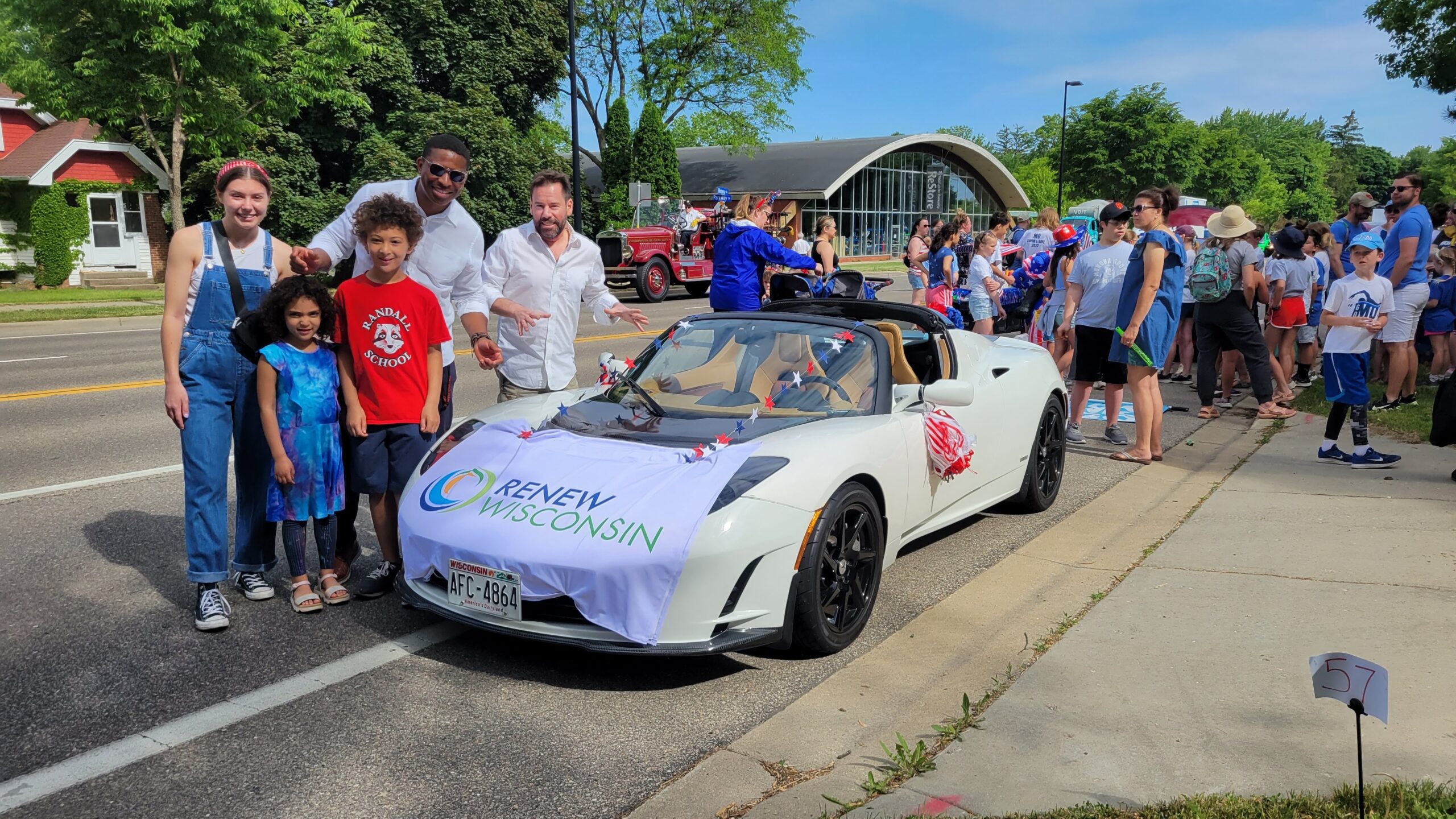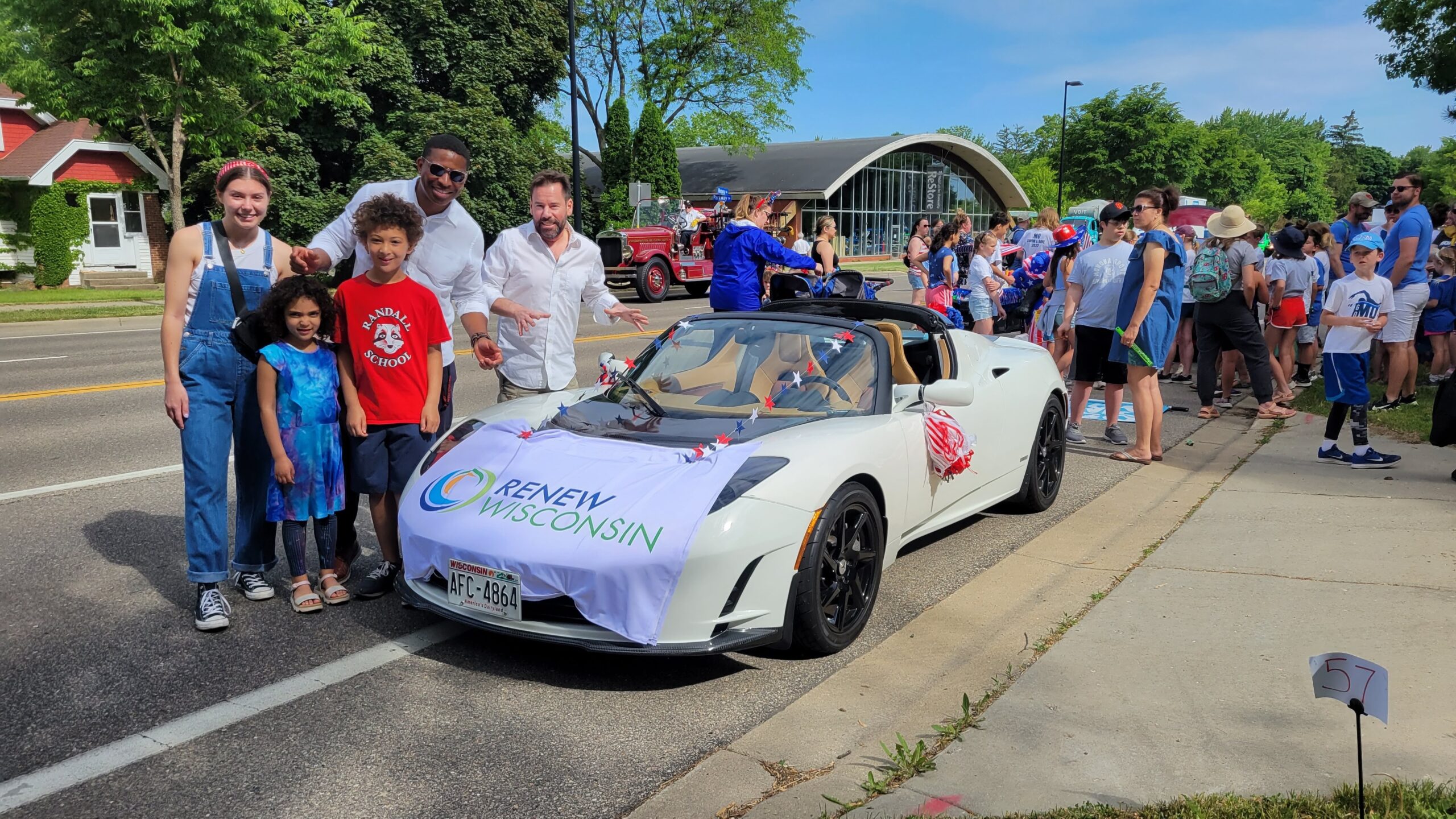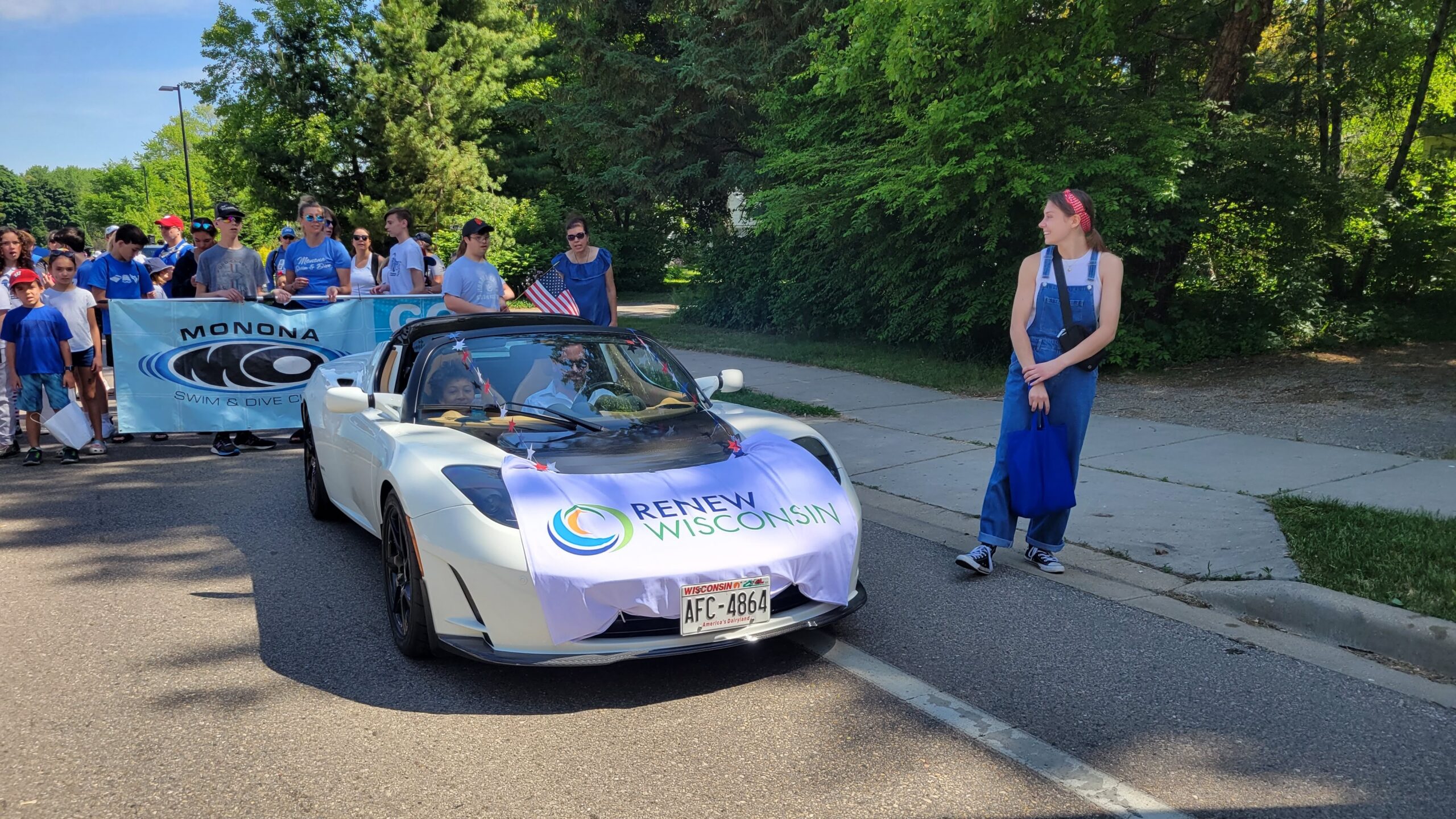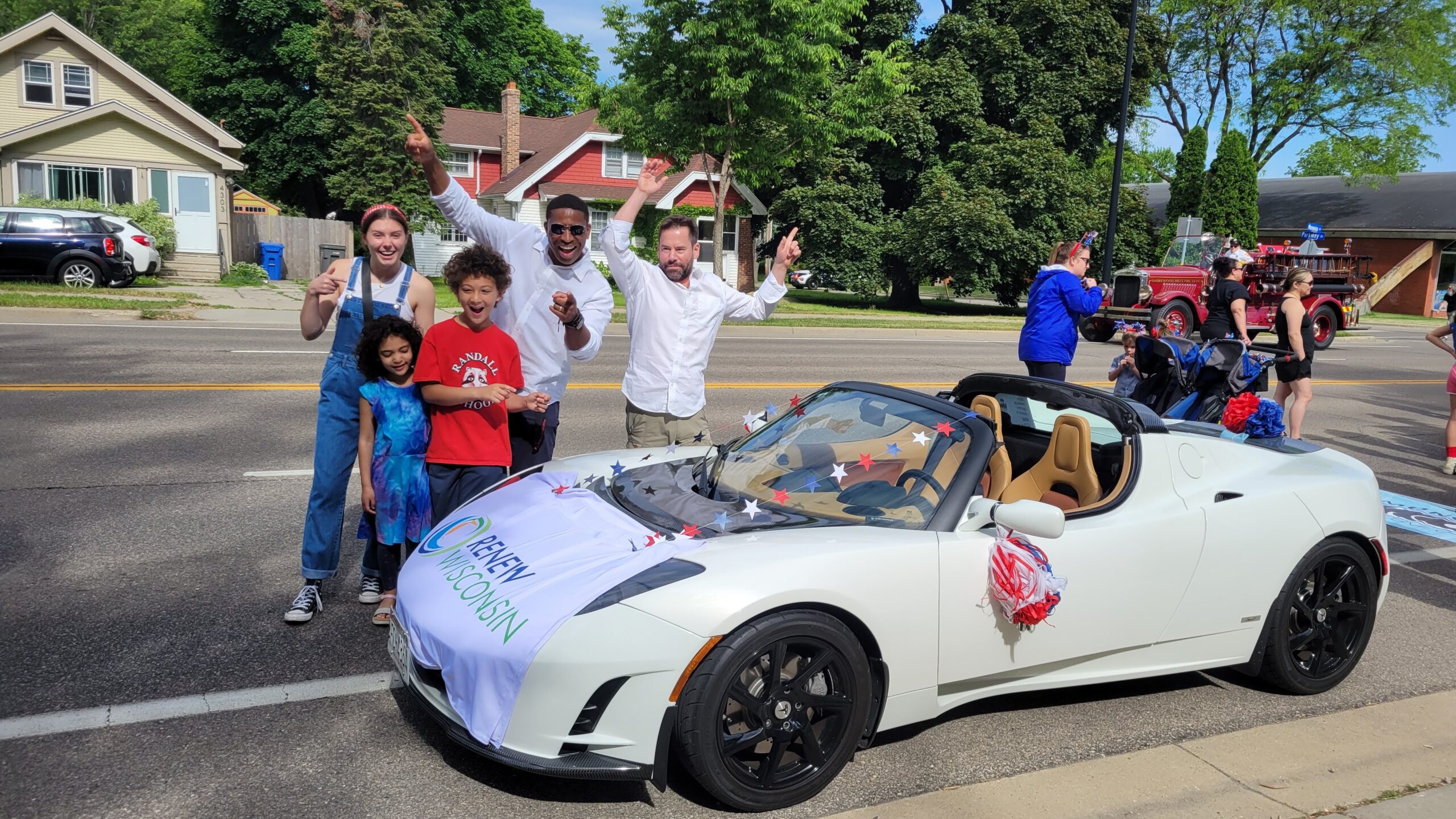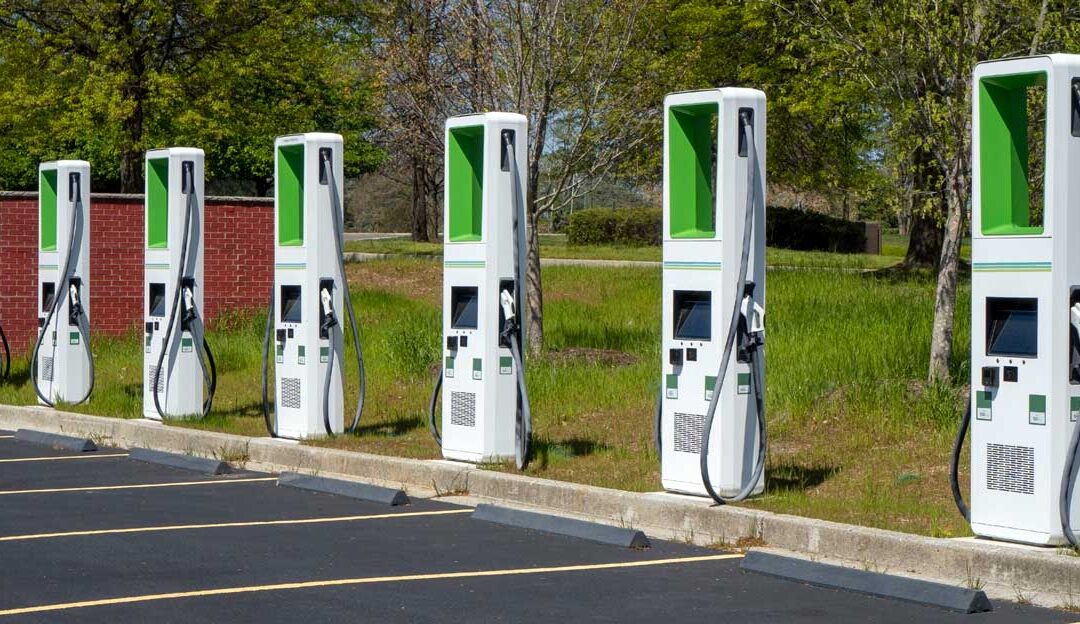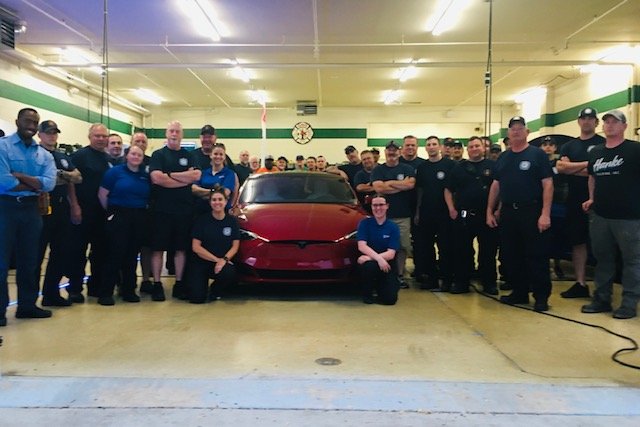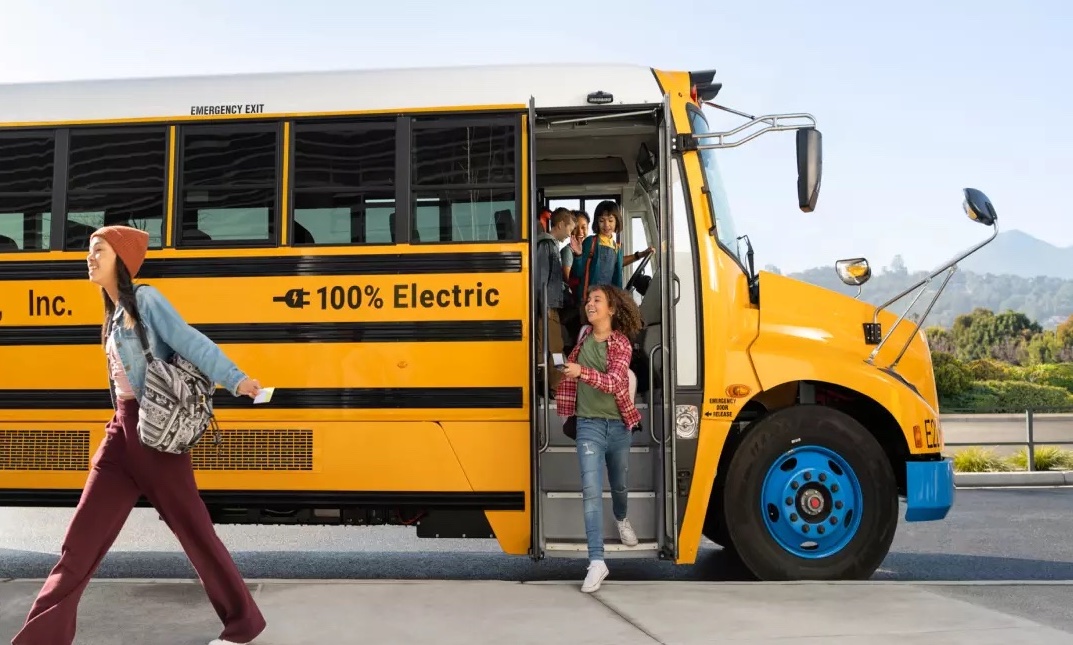
by Francisco Sayu | Apr 27, 2023 | Electric Vehicles, Electrification, Inflation Reduction Act
The Environmental Protection Agency (EPA) just announced a new round of competitive funding through the Clean School Bus (CSB) Grants Program. This is the second funding opportunity for clean school buses from the Infrastructure Investment and Jobs Act (IIJA). Unlike the 2022 Clean School Bus Rebates, this new funding opportunity is competitive – instead of a lottery. We encourage school districts to partner with other communities, transportation providers, and electric utilities for their application. Any eligible school district or third-party applicant must be set up on grants.gov and SAM.gov. Interested parties should confirm they are registered and current on both websites as soon as possible.
Why Electric School Buses?
Cost savings: electric buses get the equivalent of 17 miles per gallon (MPG) compared to 6 MPG for diesel buses; these savings can amount to more than $170,000 across the bus lifecycle.
Health benefits: electric school buses cut diesel emissions, benefiting communities burdened by air pollution and high childhood asthma rates.
Energy security and independence: electric buses can run on locally sourced renewable energy from a nearby solar or wind farm, which helps the local economy.
Electric buses have operated safely and reliably in many parts of the United States, including Michigan, Minnesota, and Alaska. Although electric buses are cheaper to own and operate than traditional diesel buses, the initial cost of new buses has been a barrier to adoption, and only a few schools have been able to afford them. The Clean School Bus (CSB) Grants Program is solving this problem by covering up to 100% of the cost of new buses so that schools can save money without a significant out-of-pocket expense. Sounds too good to be true? Check out this blog post to find the list of school districts that already received awards for new electric buses in Wisconsin.
2023 Clean School Bus (CSB) Grants Program Overview
The EPA is awarding approximately $400 million in competitive grants under the Clean School Bus (CSB) Grants Program. The grant application will allow for a minimum of 15 buses and up to 50 buses for school district applicants and for a minimum of 50 and up to 100 buses for third-party applicants serving at least four school districts. Awardees will receive up to $395,000 per bus without cost-sharing or matching requirements. Applications must be submitted electronically to EPA through grants.gov by Tuesday, August 22, 2023, at 11:59 p.m. (ET).
Eligible applicants include the following entities:
- Local or State governmental entities providing school bus service to one or more public school systems
- Indian Tribes, Tribal organizations, and tribally controlled schools providing school bus service to one or more Bureau-funded schools
- Nonprofit school transportation associations
- Public charter school districts responsible for the purchase, lease, license, or contract for the service of school buses for that charter school
- Eligible contractors
Please refer to the grant Notice of Funding Opportunity (NOFO) for specific information about this
competition.
Important Dates
| Activity |
Date |
| Information Sessions |
The first Information Session will be on Wednesday, May 10, 2023, at 3:00 p.m. (ET). Click here to register. |
| Deadline for Submitting Questions |
Wednesday, August 9, 2023, at 11:59 p.m. (ET) |
| NOFO Closes – Application Deadline |
Tuesday, August 22, 2023, at 11:59 p.m. (ET) |
| Anticipated Notification of Selection |
November 2023 to January 2024 |
| Anticipated Awards |
February to March 2024 |
Schools can submit questions to cleanschoolbus@epa.gov. Please type “Clean School Bus NOFO Question” in the subject line of your email. The deadline for submitting questions via email is Wednesday, August 9, 2023, at 11:59 p.m. (ET). Schools may also contact Francisco Sayu, Emerging Technologies Director RENEW Wisconsin, at francisco@renewwisconsin.org, for general help with this grant application.
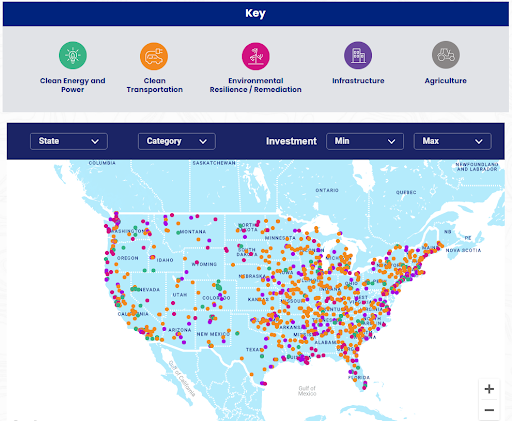
by Francisco Sayu | Apr 26, 2023 | Electric Vehicles, Electrification, Inflation Reduction Act
The clean energy revolution is taking place across America, and Wisconsin communities can benefit in several ways. For example, by transitioning from fossil fuels to renewable energy, the state can reduce its dependence on expensive fuel imports, which currently amount to $14 billion annually. Clean energy can also support new jobs, attract private investment, reduce carbon emissions, improve public health, and create a more sustainable environment for future generations.
The federal government has ambitious clean energy goals, and communities across Wisconsin are taking advantage of federal programs like the Infrastructure Investment and Jobs Act (IIJA) and the Inflation Reduction Act (IRA) to replace aging diesel school buses, rebuild bridges and ports, and improve air quality and resiliency. This blog post highlights clean energy investments made in Wisconsin communities through the IIJA and the IRA (see table below). Projects were identified using “The Climate Wins Here map” developed by ActOnClimate. Feel free to use this interactive tool to learn about ongoing clean energy investments in Wisconsin and beyond.
Despite these wins, we must do more to support clean energy deployments in the state. A recent Wisconsin Public Radio report highlights that rural communities are disadvantaged when competing for federal funding. Paradoxically, these rural communities have the greatest needs and opportunities to benefit from federal funding. Whether it is a solar project that reduces coal imports, a new electric school bus that cuts fuel costs, or a microgrid that increases reliability, these projects improve the quality of life for host communities.
In her book “Rural Renaissance, Revitalizing America’s Hometowns through Clean Power” Michelle Moore presents a practical and inspiring guide to creating economic opportunity through clean energy. Moore uses examples from communities across the U.S. leveraging natural resources, cooperative work, and innovation to bring electricity and prosperity to rural America. Today, the clean energy transition provides another opportunity to leverage our abundant resources (sunlight, wind, and land) and federal clean energy investments to create a more prosperous life for all Wisconsinites. It is up to us, and we must seize this opportunity.
In short, federal clean energy legislation has opened up new opportunities for communities in Wisconsin to improve their quality of life. The Climate Wins Here map is a helpful tool for identifying ongoing clean energy investments in the state. We encourage communities to use data, technology, and partnerships to build a cleaner, more sustainable future through clean energy. Feel free to contact RENEW for more information about federal funding for clean energy projects in your community.
Federal Clean Energy Investments in Wisconsin, April 2023
Project
|
Category
|
Agency
|
Funding Amount
|
ARP Enhanced Air Quality Monitoring Competitive Grant
|
Clean Energy and Power
|
EPA
|
$429,746
|
ARP Enhanced Air Quality Monitoring Competitive Grant
|
Clean Energy and Power
|
EPA
|
$500,000
|
Awarded Clean School Bus Program Rebates
|
Clean Transportation
|
EPA
|
$790,000
|
Awarded Clean School Bus Program Rebates
|
Clean Transportation
|
EPA
|
$3,950,000
|
Awarded Clean School Bus Program Rebates
|
Clean Transportation
|
EPA
|
$4,740,000
|
Awarded Clean School Bus Program Rebates
|
Clean Transportation
|
EPA
|
$ 1,975,000
|
Awarded Clean School Bus Program Rebates
|
Clean Transportation
|
EPA
|
$1,185,000
|
Awarded Clean School Bus Program Rebates
|
Clean Transportation
|
EPA
|
$1,885,000
|
Awarded Clean School Bus Program Rebates
|
Clean Transportation
|
EPA
|
$395,000
|
Awarded Clean School Bus Program Rebates
|
Clean Transportation
|
EPA
|
$30,000
|
Awarded Clean School Bus Program Rebates
|
Clean Transportation
|
EPA
|
$790,000
|
Awarded Clean School Bus Program Rebates
|
Clean Transportation
|
EPA
|
$1,580,000
|
Awarded Clean School Bus Program Rebates
|
Clean Transportation
|
EPA
|
$395,000
|
Awarded Clean School Bus Program Rebates
|
Clean Transportation
|
EPA
|
$2,370,000
|
Awarded Clean School Bus Program Rebates
|
Clean Transportation
|
EPA
|
$150,000
|
FTA Bus and Low- and No- Emission Grant Awards
|
Clean Transportation
|
DOT
|
$3,796,872
|
Awarded Clean School Bus Program Rebates
|
Clean Transportation
|
EPA
|
$395,000
|
Promoting Resilient Operations for Transformative, Efficient, and Cost-Saving Transportation
|
Environmental Resilience/Remediation
|
DOT
|
$201,221
|
Tribal Climate Resilience
|
Environmental Resilience/Remediation
|
DOI
|
$250,000
|
Tribal Climate Resilience
|
Environmental Resilience/Remediation
|
DOI
|
$212,079
|
National Coastal Resilience Fund
|
Environmental Resilience/Remediation
|
NOAA
|
$455,800
|
RAISE 2022 Grant Award
|
Infrastructure
|
DOT
|
$2,952,050
|
Port Infrastructure Development Grant Awards
|
Infrastructure
|
DOT
|
$10,134,800
|
RAISE 2022 Grant Award
|
Infrastructure
|
DOT
|
$5,341,931
|
RAISE 2022 Grant Award
|
Infrastructure
|
DOT
|
$13,476,269
|
|
|
Total
|
$58,380,768
|
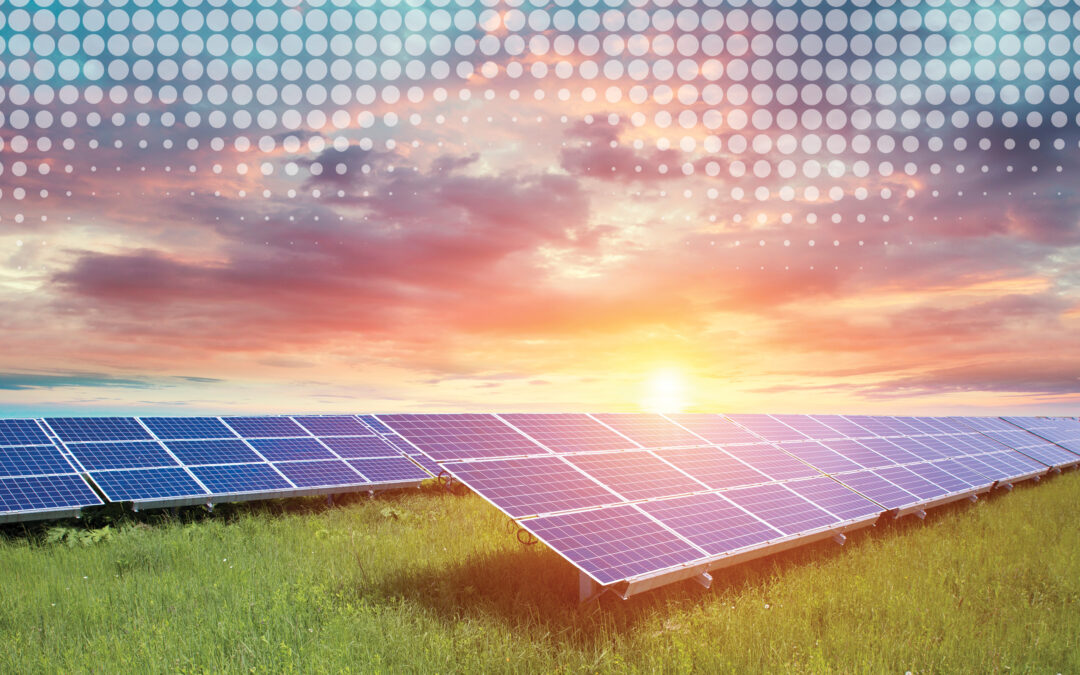
by Andrew Kell | Dec 27, 2022 | Electric Vehicles, Electrification, Energy Storage, Health, Netzero Wisconsin, Renewables, Solar, Wind
This past year, a Project Team consisting of RENEW Wisconsin, Clean Wisconsin, and GridLab commissioned Evolved Energy Research and Cambridge Econometrics to provide modeling, analysis, and reporting for a Wisconsin Zero Carbon Study. The recently released Summary Report provides an excellent overview of the Study results and policy recommendations. This RENEW blog provides additional context and insight into the next steps.
The Technical Report, titled Achieving 100% Clean Energy in Wisconsin, was completed this past summer and provides a first-of-its-kind, economy-wide modeling approach to envision a Wisconsin transition to a zero-carbon future by 2050. The modeling included 1) a baseline scenario as a comparison reference, 2) a 100% Clean Electricity scenario, 3) a Net Zero Economy-wide scenario (also referred to as NZEW), and four additional sub-scenarios that envisioned the NZEW scenario with policy and economic constraints. With NZEW by 2050 as a base assumption, these sub-scenarios further explored scenarios including a) No Transmission Expansion, b) Accelerated Clean Electricity, c) Delayed Action (of electric vehicle and building electrification), and d) Limited Coal and Gas.
The modeling results show a viable zero-carbon future by 2050, but it is a future that requires collaborative planning, supporting policies, and economy-wide investments.
A Grid Evolution
Wisconsin’s current resource portfolio relies heavily on fossil fuel-generating capacity. The figure below, which provides the baseline 2022 capacity assumptions from the model, shows that about 70% of Wisconsin’s current generating capacity relies on coal or fossil gas as fuel sources.
The following pie chart is listed in Gigawatts (GW).
In order to achieve a carbon-free future, clearly existing fossil fuel-generating capacity needs to be replaced with clean energy resources. However, when contemplating the decarbonization of all sectors of the economy, there also needs to be an expansion of generating capacity to serve Wisconsin’s electricity needs by 2050 – a lot more clean energy capacity.
Modeling of the NZEW scenario estimates that when Wisconsin decarbonizes the transportation, building, and other sectors, electricity use will increase by over 160% by 2050, well over doubling Wisconsin’s demand for electricity. Electrification of these sectors is often referred to as ‘beneficial electrification’ as the transition implies moving away from fossil fuels to decarbonized electricity as a fuel source.
To be truly beneficial, the timing of electric vehicle (EV) charging will be essential for load balancing and efficient use of utility infrastructure. This way, while overall electricity usage goes up dramatically, price signals, automatic controls, and utility programs will all allow EVs to charge optimally throughout the year. Currently, it is most economical to charge EVs at night when prices are low. In the future, it may also make sense to send signals to charge during peak solar production during the summer noontime.
The figure below illustrates the capacity expansion needed on the supply side to meet electricity demand growth.
As a result of decarbonization of the grid and beneficial electrification, Wisconsin's demand for electricity in 2050 would be supplied by an estimated 31 Gigawatts (GW) of solar, 21 GW of wind, 7 GW of storage, 7 GW of clean gas, 2 GW hydrogen electrolyzer capacity, and 3 GW of dual fuel electric industrial boilers located in Wisconsin. Of the 31 GW of solar, the model assumed about 2.5 GW would come from rooftop solar based on information from a solar rooftop potential study. Utilities would need to import additional clean energy capacity from outside Wisconsin. The model estimated that imported clean energy would come from about 9.3 GW of solar and 6.3 GW of wind from out-of-state resources.
The figure below provides a snapshot of the clean generation portfolio serving Wisconsin by 2050 under the Net Zero Economy-wide modeling results.
The following pie chart is listed in Gigawatts (GW).
Utility-scale clean energy resources at this scale also require the expansion of transmission investments. For each of Wisconsin’s interties with Minnesota, Iowa, and Illinois, the model estimates that 6 GW of transmission interties are needed for each of these three state interties. This equates to 18 GW of new transmission interties, which is about 3-to-4 times the amount of current Wisconsin transmission interties.
While gas capacity remains in all scenarios, gas serves as a reliability resource operating at just a 5% capacity factor and burning entirely clean, carbon-neutral fuels. In the ‘Limited Coal and Gas’ scenario, existing and less efficient gas units must remain online much longer and operate at much higher capacity factors because new, more efficient gas units are not allowed in this scenario.
In the ‘No Transmission Expansion’ scenario, in-state clean energy resources would have to expand by about 36% above the Net Zero Economy-wide scenario. In this scenario, all new generation capacity must be developed in Wisconsin, as higher capacity factor resources in other states cannot serve Wisconsin’s electricity needs. This scenario would also necessitate the expansion of ‘intrastate transmission’ within the borders of Wisconsin and add $1 billion in costs above the NZEW scenario.
Taking Emissions Down to Zero
In relation to a baseline scenario, the 100% Clean Electricity scenario will reduce total economy-wide carbon emissions by 24% by 2050. In this scenario, while the grid becomes carbon-free, transportation, building, and other sectors realize only modest decarbonization and still rely on fossil fuels to power cars, homes, and some industrial processes.
It is important to note that concentrating on the decarbonization of the electric grid by 2050 alone only gets Wisconsin to about a quarter of all reductions needed for a carbon-free future across all sectors of the economy. Additionally, in the Net Zero scenario, carbon sequestration and bunkering measures are needed to reduce emissions that come from marginal fossil gas resources. By 2050, a small segment of industries will still emit carbon, either because it is too costly to do otherwise or not technically feasible to eliminate completely. To achieve the target of zero emissions by 2050, the model chooses to rely on carbon sequestration, in which carbon is captured before being released into the atmosphere and then piped via pipeline to appropriate geologic sequestration areas in the country, safely sequestering the carbon.
A Real Benefits Plan
Following the Technical Report, Cambridge Econometrics released a report on The Economic Impacts of Decarbonization in Wisconsin. In combination with health outcomes modeled by Evolved Energy Resources, benefits of the Net Zero Economy-wide scenario include:
- $2 to $4.4 billion in avoided healthcare costs in 2050,
- 28 to 63 fewer deaths per million people from air pollution by 2050,
- 3% growth in Wisconsin’s Gross State Product by 2050, adding around $16 billion to Wisconsin’s economy,
- 68,000 additional Wisconsin jobs, and
- Lower energy costs for Wisconsin’s residents.
The benefits of a zero-carbon future outweigh the costs of the transition per the modeling results. Focusing on energy costs alone, economy-wide investments in renewable resources, heat pumps, EVs, etc., increase by about $111.1 billion in present value. However, the benefits of avoiding fossil fuel costs are about $110.6 billion in present value. When you add the health and economic growth benefits listed above, the net-zero investment makes sense from a business case perspective.
Jenna Greene, RENEW’s Energy Policy Fellow, is currently performing a cost-benefit analysis of the modeled scenarios using the Technical Report and Economic Impacts Report results. When cost-benefit results are available, this blog will be updated.
How We Get There
The transition to a zero-carbon future won’t be easy, as infrastructure build-out, technological innovation, and market development will be needed over the next few decades. As a result, we will need to form public-private partnerships, enact and implement policies, and design cross-sector planning processes that support this transition to ensure it is cost-effective. For quick reference, below is a set of key recommendations from a figure on page 19 of the Summary Report. A complete list of policy actions is provided at the conclusion of the Summary Report.
The release of our Zero Carbon Study is just the start of a dialog on how Wisconsin can reach zero carbon emissions by 2050. The Project Team is further collaborating with partners, businesses, legislators, and state and local government officials on the next steps. For further information, please contact Andrew Kell, Policy Analyst at RENEW Wisconsin, at andrew@renewwisconsin.org.
